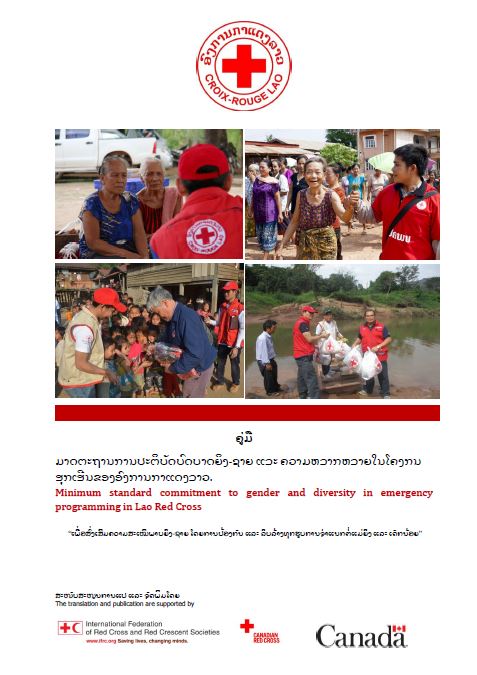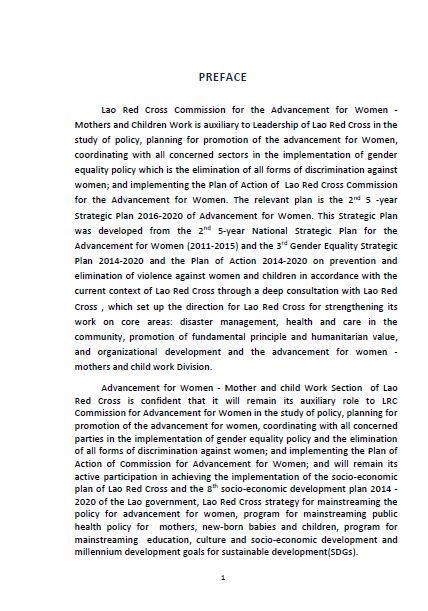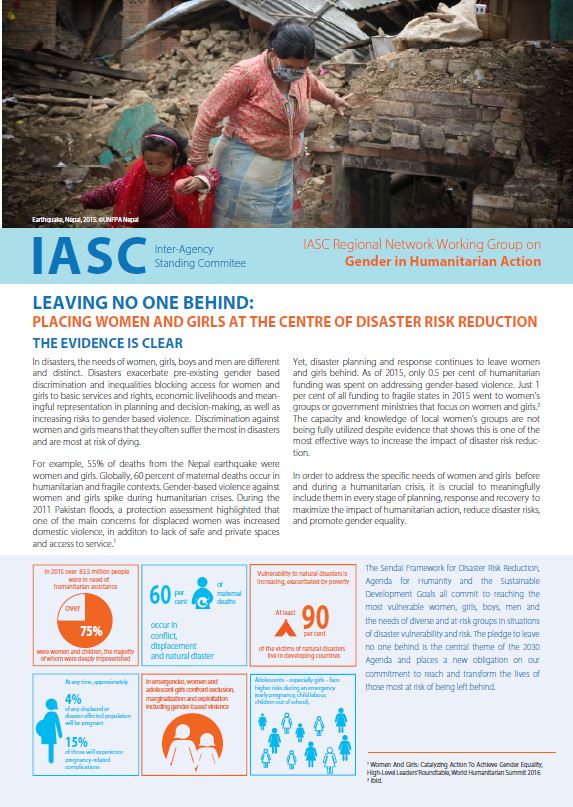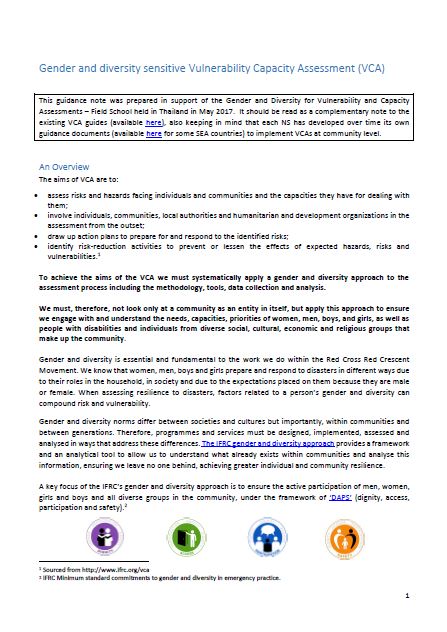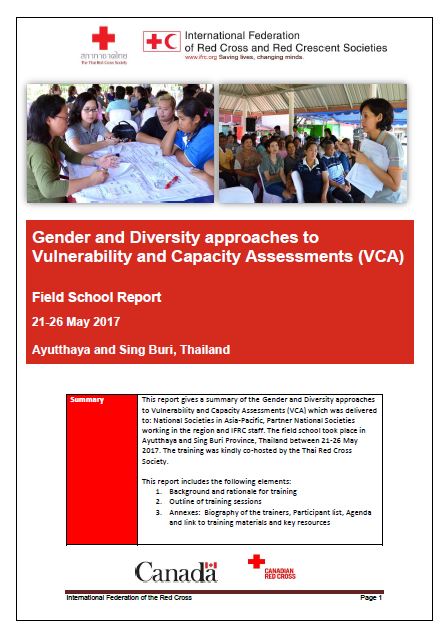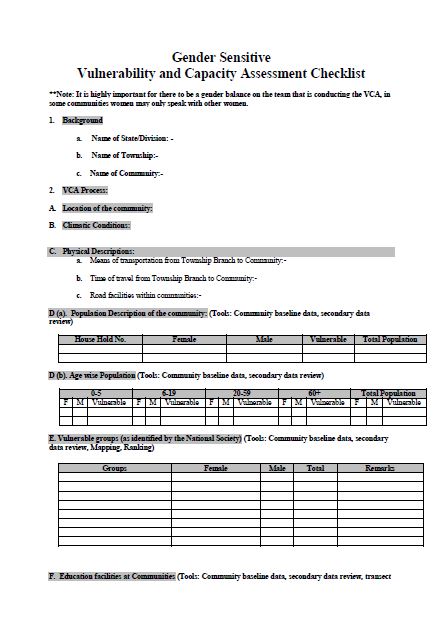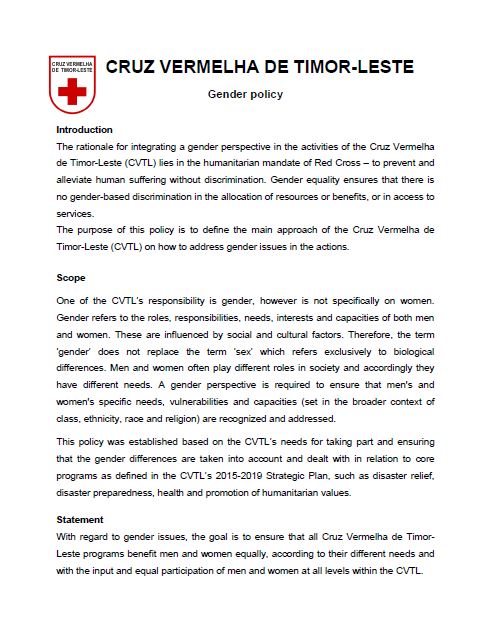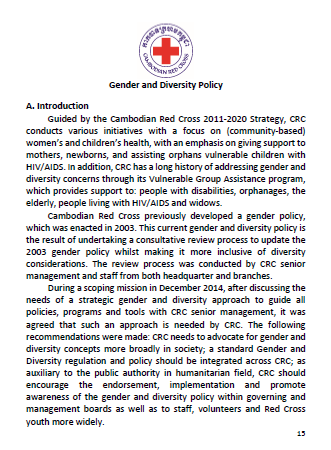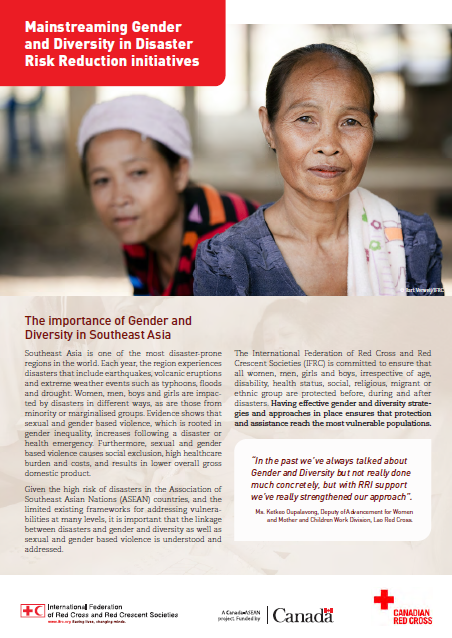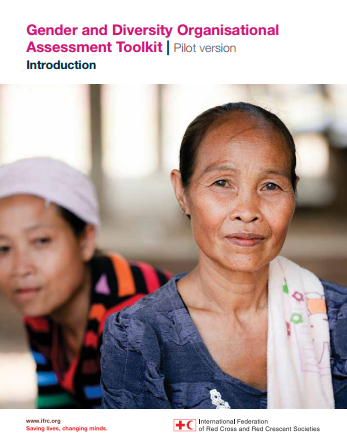Purpose
This checklist is translated from the English version (pilot version), and it provides a quick tool for assessing compliance with the Minimum Standard Commitments in Emergency Programming for Lao Red Cross staff and volunteers in: emergency health; food security; water, sanitation and hygiene; emergency shelter; livelihoods; non-food items and disaster risk reduction. It serves as a tool for organisations to mark progress and identify their next steps.
Overview
The Minimum Standard Commitments for each sector are based around a framework of: dignity; access; participation; safety; and internal protection systems. The checklist provides specific indicators which an organisation can use to rate its progress (achieved, partially achieved, not achieved and not applicable), justify its score and propose next steps.
Usage: Guidance for project implementation
Audiences: Technical staff
![]()


